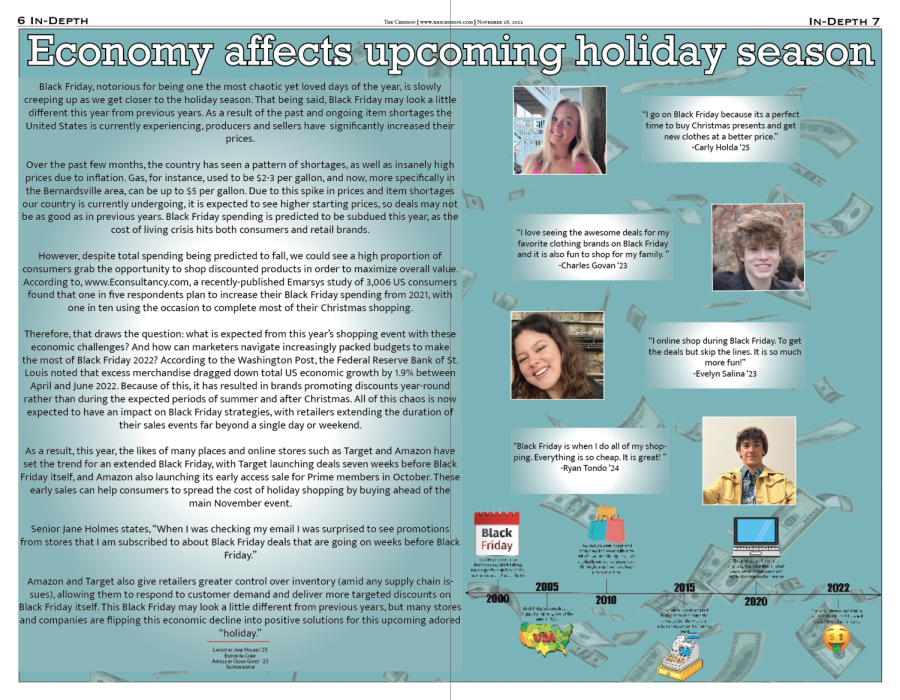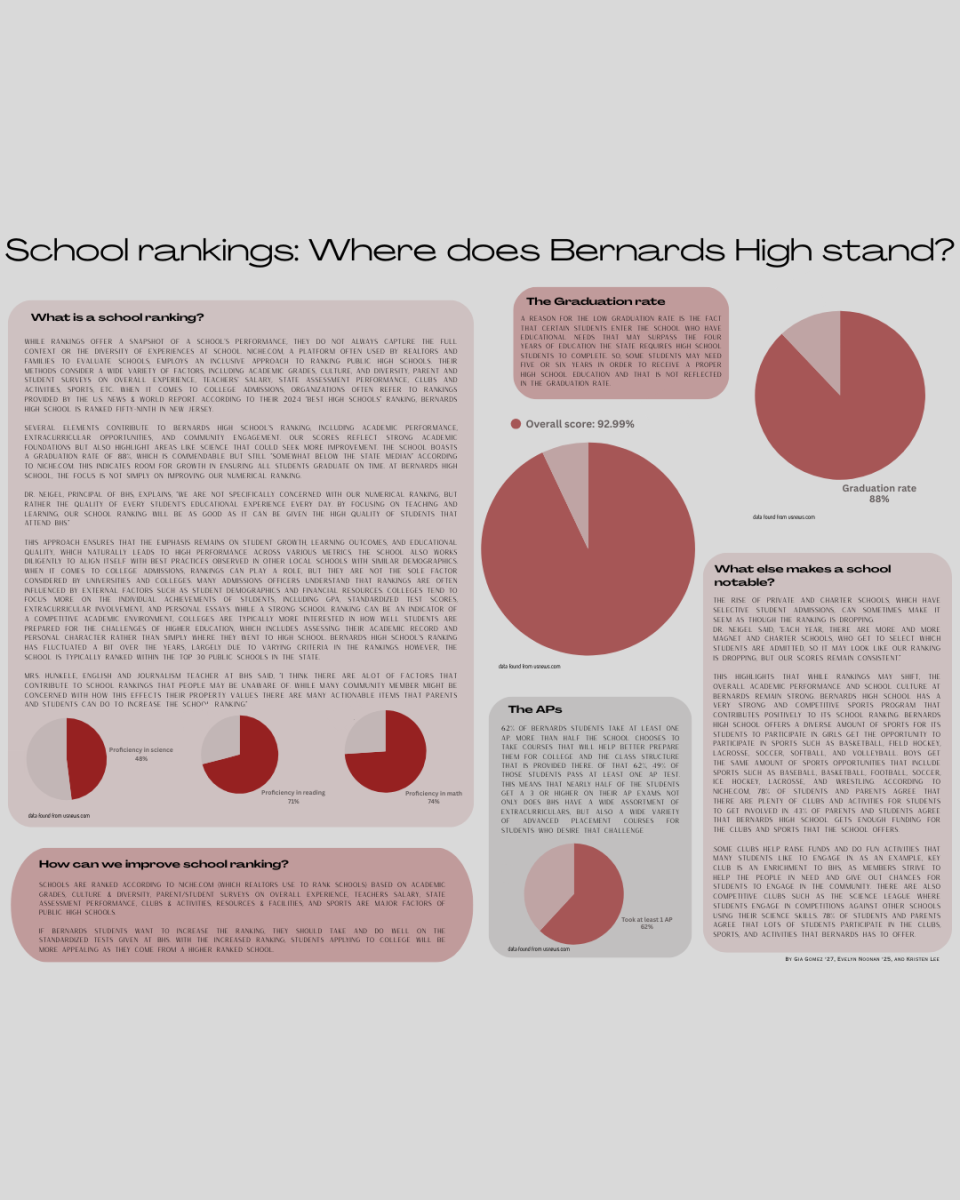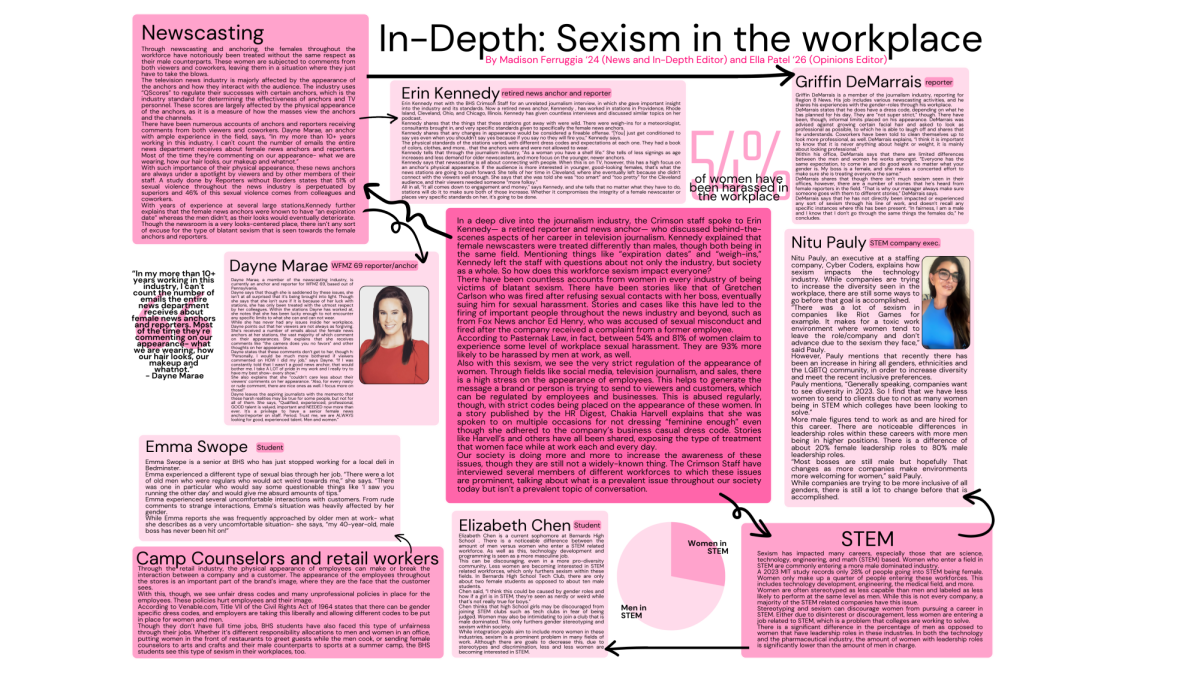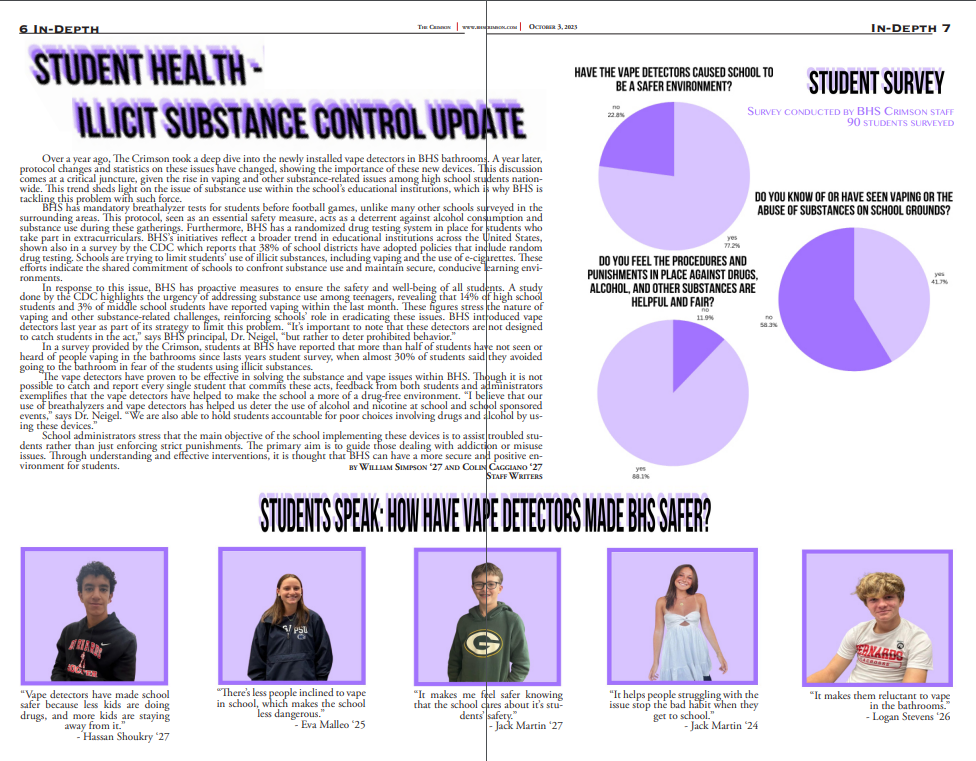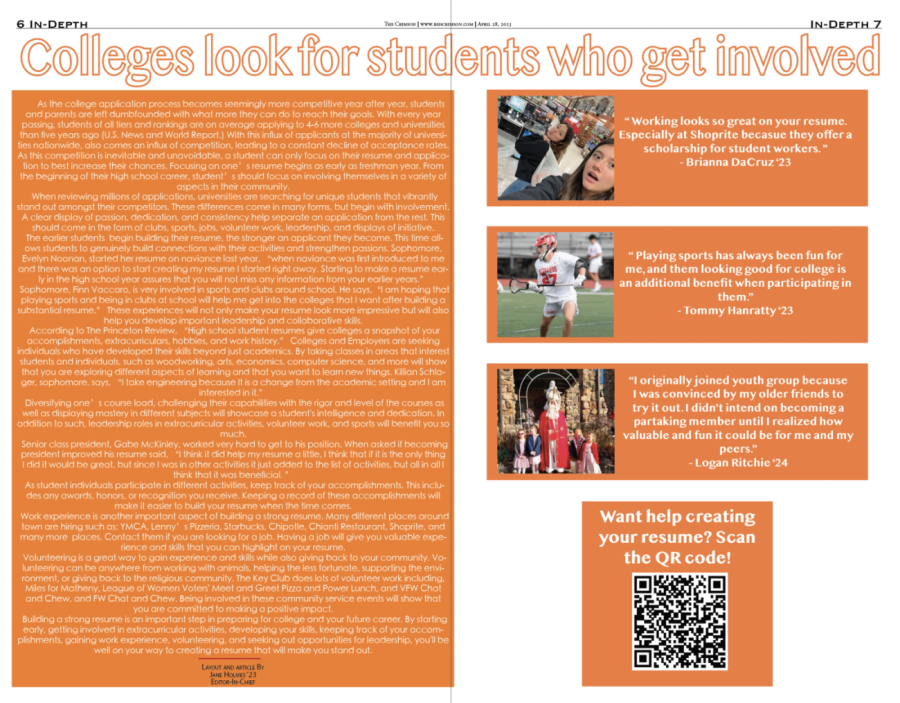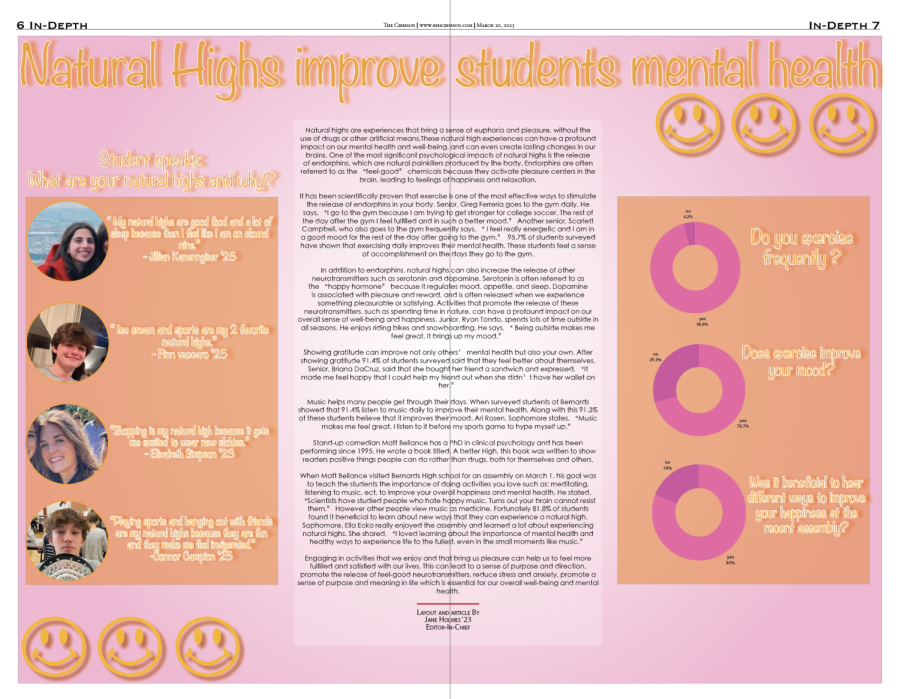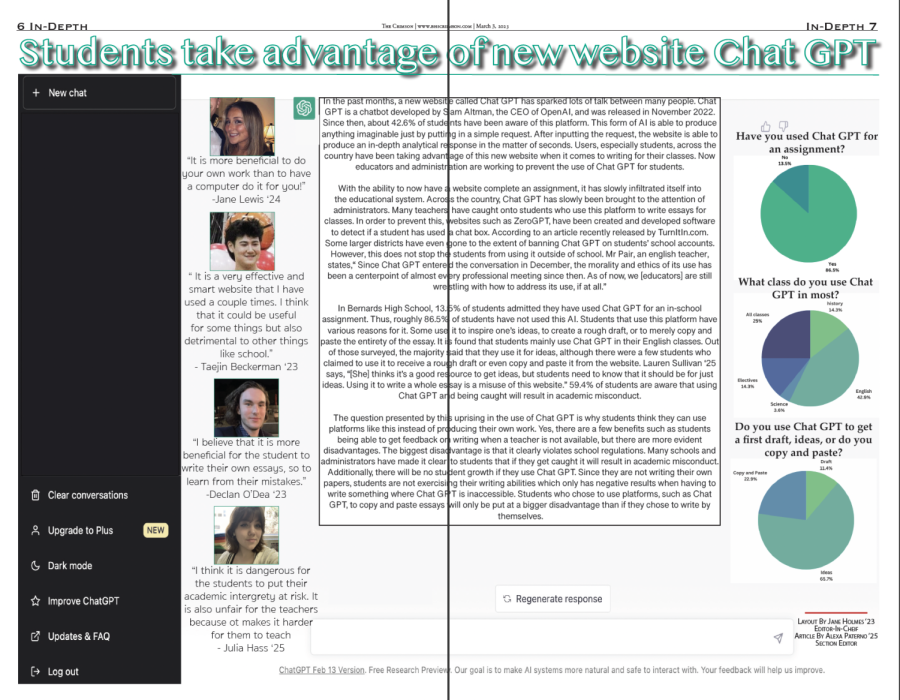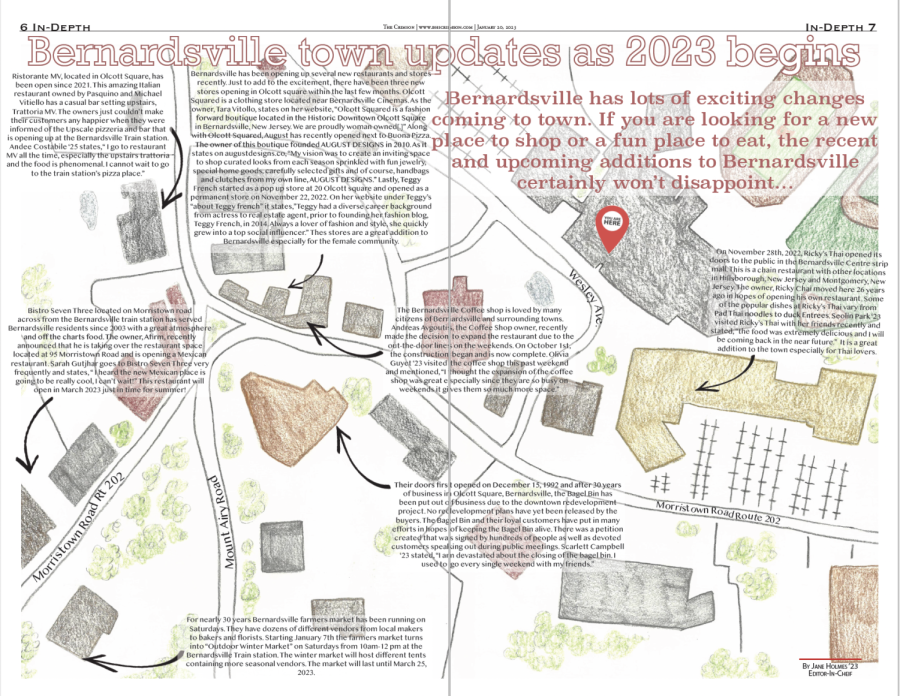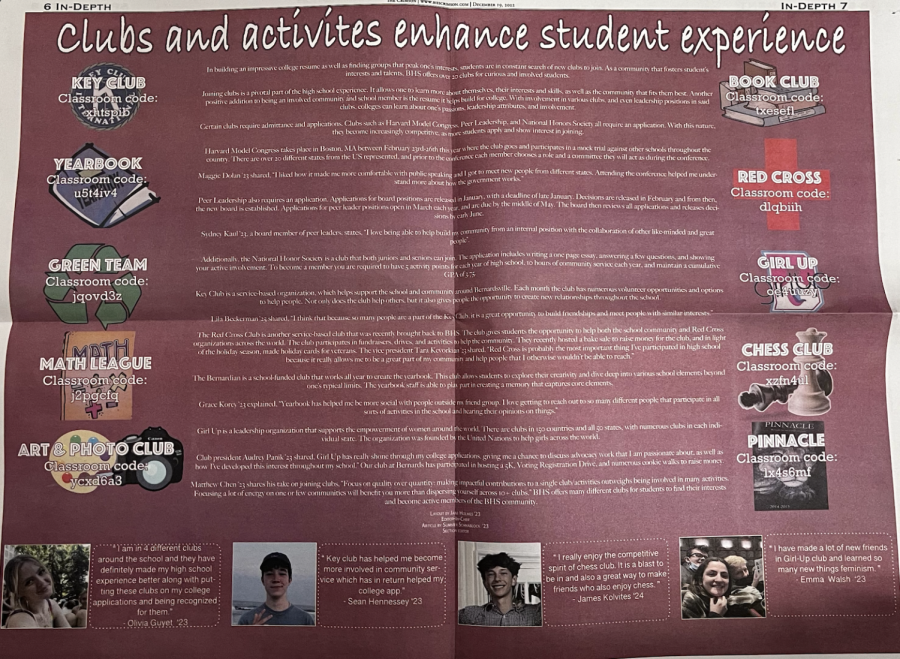Black Friday, notorious for being one the most chaotic yet loved days of the year, is slowly creeping up as we get closer to the holiday season. That being said, Black Friday may look a little different this year from previous years. As a result of the past and ongoing item shortages the United States is currently experiencing, producers and sellers have significantly increased their prices.
Over the past few months, the country has seen a pattern of shortages, as well as insanely high prices due to inflation. Gas, for instance, used to be $2-3 per gallon, and now, more specifically in the Bernardsville area, can be up to $6-7 per gallon. Due to this spike in prices and item shortages our country is currently undergoing, it is expected to see higher starting prices, so deals may not be as good as in previous years. Black Friday spending is predicted to be subdued this year, as the cost of living crisis hits both consumers and retail brands.
However, despite total spending being predicted to fall, we could see a high proportion of consumers grab the opportunity to shop discounted products in order to maximize overall value. According to, www.Econsultancy.com, a recently-published Emarsys study of 3,006 US consumers found that one in five respondents plan to increase their Black Friday spending from 2021, with one in ten using the occasion to complete most of their Christmas shopping.
Therefore, that draws the question: what is expected from this year’s shopping event with these economic challenges? And how can marketers navigate increasingly packed budgets to make the most of Black Friday 2022? According to the Washington Post, the Federal Reserve Bank of St. Louis noted that excess merchandise dragged down total US economic growth by 1.9% between April and June 2022. Because of this, it has resulted in brands promoting discounts year-round rather than during the expected periods of summer and after Christmas. All of this chaos is now expected to have an impact on Black Friday strategies, with retailers extending the duration of their sales events far beyond a single day or weekend.
As a result, this year, the likes of many places and online stores such as Target and Amazon have set the trend for an extended Black Friday, with Target launching deals seven weeks before Black Friday itself, and Amazon also launching its early access sale for Prime members in October. These early sales can help consumers to spread the cost of holiday shopping by buying ahead of the main November event.
Senior Jane Holmes states, “When I was checking my email I was surprised to see promotions from stores that I am subscribed to about Black Friday deals that are going on weeks before Black Friday.”
Amazon and Target also give retailers greater control over inventory (amid any supply chain issues), allowing them to respond to customer demand and deliver more targeted discounts on Black Friday itself. This Black Friday may look a little different from previous years, but many stores and companies are flipping this economic decline into positive solutions for this upcoming adored “holiday.”



